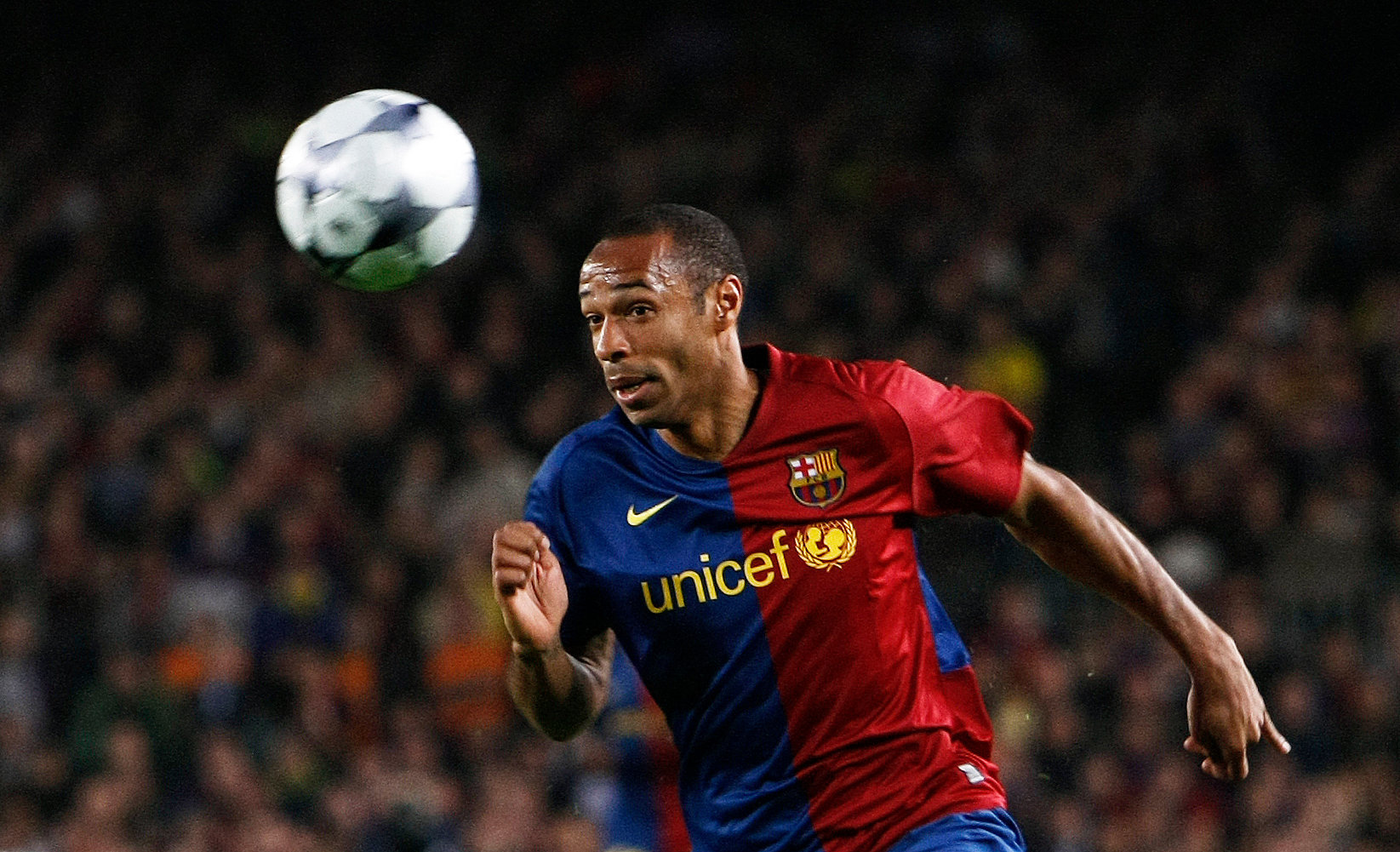The Ballon d’Or reflects influence rather than statistics. The award remains the highest individual accolade in world football and honours the personality who has changed the course of a season. A winner is not just a productive player, but a symbol of dominance, efficiency and leadership qualities. The contenders for the 2025 Ballon d’Or come from different positions, styles and leagues, but each of them has made a decisive contribution to the success of their club and national team.
Ballon d’Or 2025: Contenders, Phases, Tournaments, Trends
The 2024/2025 season was marked by tactical flexibility, rotations and pronounced individuality. Manchester City lost ground in the Premier League. Real Madrid and Barcelona fought until the last round in La Liga. PSG reached the Champions League final for the first time in a long time. Bayern, Inter and Arsenal confirmed their status as stable clubs. These vectors determined the list of the main contenders for the 2025 Ballon d’Or.

Each player was evaluated based on the following parameters:
- Contribution to the victories of the club and the national team.
- Key actions in decisive games (finals, semi-finals, derbies).
- Stability throughout the season.
- Individual achievements (goals, assists, defensive actions, saves).
- Influence on the team’s style and strategy.
Candidates for the 2025 Ballon d’Or: The defining names
 The contenders for the 2025 Ballon d’Or represent a cross-section of the football elite and reflect not only statistics but also the extent of their influence on the season’s events. Each of them shaped the outcome not only through their individual numbers but also through their participation in key games, finals and decisive stages of championships. The analysis includes players from the Premier League, La Liga, Bundesliga and Ligue 1 whose performances confirm their status as favourites for the season’s highest individual award.
The contenders for the 2025 Ballon d’Or represent a cross-section of the football elite and reflect not only statistics but also the extent of their influence on the season’s events. Each of them shaped the outcome not only through their individual numbers but also through their participation in key games, finals and decisive stages of championships. The analysis includes players from the Premier League, La Liga, Bundesliga and Ligue 1 whose performances confirm their status as favourites for the season’s highest individual award.
Jude Bellingham (Real Madrid)
The midfielder has redefined the role of the number eight in Real Madrid’s attacking model. He finished the season with 23 goals and 11 assists in all competitions, including nine assists in the Champions League playoffs. He scored the winning goal in the Champions League semi-final against Manchester City and also scored twice in the Spanish Super Cup final.

He ensured control of the midfield with 90% pass accuracy, 2.3 tackles per game and leadership in advancing the ball into the final third of the pitch. Bellingham won La Liga with the club and reached the Champions League final. He has shown consistent form throughout the season, which is particularly notable given the heavy rotation in Real Madrid’s squad.
Kylian Mbappe (PSG / Real Madrid)
He finished the season with 44 goals and 12 assists in 48 games, including 10 goals in the Champions League. He helped PSG win Ligue 1, the French Super Cup and reach the Champions League final for the first time in several years. He scored two goals in the quarter-final against Bayern, scored one goal in the semi-final and, together with Dembele and Kvaratskhelia, became a key figure in the attacking trio.
Mbappe will move to Real Madrid in the summer of 2025, ending his time at PSG as the club’s all-time leading scorer. He dominated the wing, averaging 4.8 shots and 3.2 dribbles per game and maintaining a high tempo throughout the season. He is one of the top three contenders for the 2025 Golden Ball.
Erling Haaland (Manchester City)
Scored 34 goals in 45 games. He was the second-highest scorer in the Premier League this season. Although Manchester City failed to reach the Champions League final and lost the title race, Haaland remained the team’s most important element in front of goal. He scored three hat tricks and scored twice in games against Liverpool and Arsenal. He maintained the lead in xG (expected goals) in Europe – 28.1 for the season. He worked in difficult areas, won 65% of aerial duels and acted as a physical anchor in the opponent’s penalty area.
Lamin Yamal (Barcelona)
At the age of 16, he played 41 games, scored 11 goals and provided 9 assists. He became the youngest goalscorer in El Clasico and also the youngest participant in the Champions League playoffs in the club’s history. He played as a winger with high dribbling skills – 5.1 successful dribbles per game. He created more than 60 goal-scoring opportunities over the course of the season. He contributed to Barcelona’s victory in the Spanish Cup and played a key role in the semi-finals. He was named La Liga’s best young player of the season and winner of the 2025 Golden Boy Award. His rise became the most significant youth event of the season. As a record debutant, he was shortlisted for the 2025 Ballon d’Or.
Vinicius Junior (Real Madrid)
Finished the season with 19 goals and 12 assists. Distinguished himself in the quarter-finals and semi-finals of the Champions League, led Real to the final, where he made a decisive pass. Had a season of maximum stable productivity: 4.3 dribbles, 6 goal-scoring chances created per 90 minutes. He increased his shot conversion rate to 21% — a personal career record. He entered the top 10 in terms of speed of ball progression. One of the few who played 90 minutes in almost every game of the season. He is a key figure in the club’s attacking system.
Harry Kane (Bayern)
He scored 35 goals in the Bundesliga and another 7 in the Champions League. He finished the season with 42 goals and 9 assists. As the top scorer in the German championship, Kane reached the Champions League playoffs and scored two goals in the round of 16. Despite the club’s failure in the championship race, he demonstrated leadership qualities. His conversion rate was over 28%, and his pass accuracy in the attacking third was 85%. One of the few players to score in every tournament, including the national cup.
Martin Ödegaard (Arsenal)
The Arsenal captain played 51 games, scored 13 goals and provided 14 assists. The leader in creative actions among Premier League midfielders. Led the team to the championship for the first time since 2004. Played in all important games in the spring. Scored goals against City and Liverpool. Set records for ball progression (progressive passes – 204 per season). According to xA (expected assists), he entered the TOP 3 midfielders. His pace control, pressure and composure make him the intellectual axis of the team and a serious contender for the 2025 Ballon d’Or.
Bukayo Saka (Arsenal)
Scored 18 goals and provided 11 assists. The best winger of the season in terms of the number of chances created (93 in total). Scored goals in games against all top six teams. He was included in the Premier League’s symbolic team. Worked with high intensity on the wing: 11.7 km per game, 4.2 dribbles, 2.6 shots on goal. Led the team to the title and started in all 38 games. Participated in the Cup League final.
Alessandro Bastoni (Inter)
The centre-back played 48 games. Inter won Serie A and reached the semi-finals of the Champions League. Bastoni made 38 saves, blocked 14 dangerous attacks, provided 2 assists and scored 3 goals from set pieces. One of the leaders in terms of duels won – 72% success rate. On average, the team conceded 0.7 goals per game. He was included in the Serie A All-Star Team and was the only centre-back nominated for the 2025 Ballon d’Or.
Gianluigi Donnarumma (PSG)
Played 53 games, 24 of them without conceding a goal. Saved 5 penalties, 87% of shots from the goal line. The best goalkeeper in the 2024/25 Champions League in terms of number of saves – 42 in the tournament. He won Ligue 1, and the Champions League final was the highlight of his career – 8 saves, named man of the match. Due to his outstanding form in April and May, he was included in the shortlist. The only goalkeeper to receive an average rating of 8.1+ across all tournament platforms.
Impact of the Champions League: Who scored the goal?
The semi-finals of the 2025 Champions League have led to greater opportunities for many players. Real, PSG, Arsenal and Inter have reached a stage where every step is crucial. Bellingham and Vinicius influenced the outcome of the games. Mbappe decided the fate of the series. Donnarumma is the last line of defence. The contenders for the 2025 Ballon d’Or received a new boost from these games.
Contenders for victory: Who will win the 2025 Ballon d’Or?
 The contenders for the 2025 Ballon d’Or are determined not only by numbers but also by symbols. Bellingham is the face of the dominant Real Madrid, Mbappe is a brand of the new generation and Kane embodies stability. The main battle will take place between the players of Real Madrid and PSG. However, the Yamal effect or Kane’s performance could play a decisive role in the voting.
The contenders for the 2025 Ballon d’Or are determined not only by numbers but also by symbols. Bellingham is the face of the dominant Real Madrid, Mbappe is a brand of the new generation and Kane embodies stability. The main battle will take place between the players of Real Madrid and PSG. However, the Yamal effect or Kane’s performance could play a decisive role in the voting.
 en
en  de
de  ar
ar  es
es  nl
nl  hi
hi  fr
fr  it
it  pt
pt  el
el 










